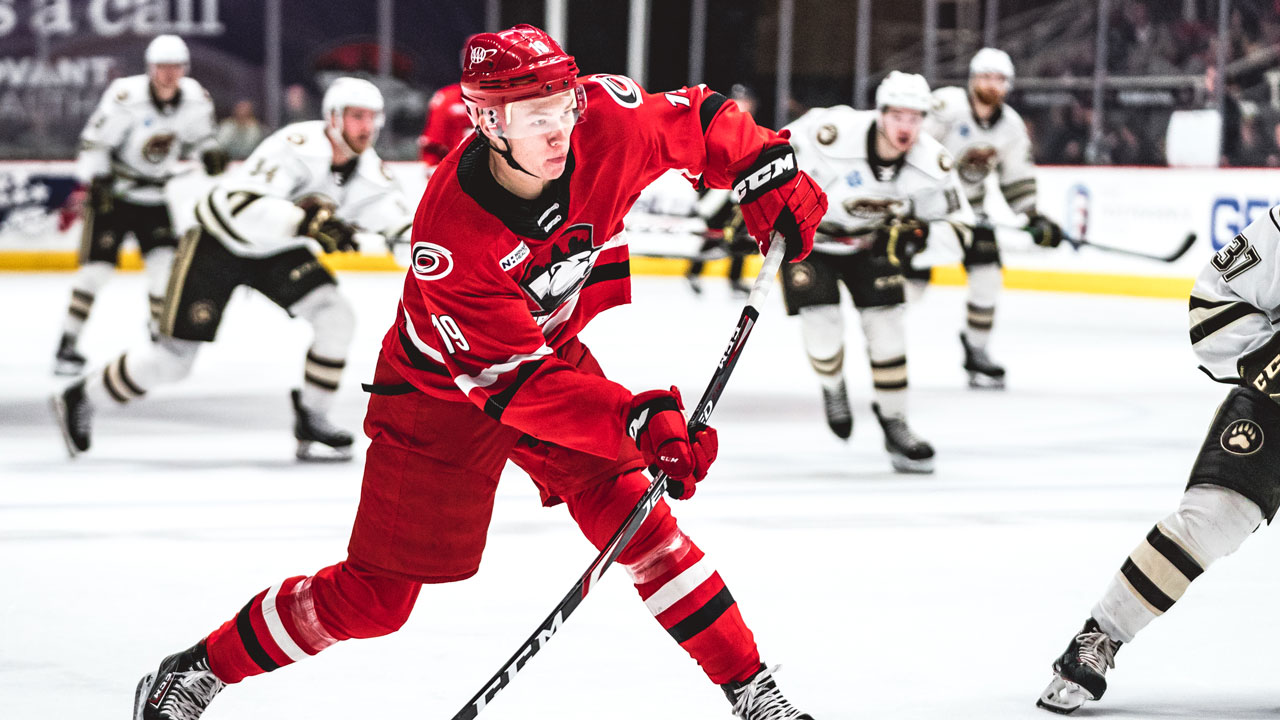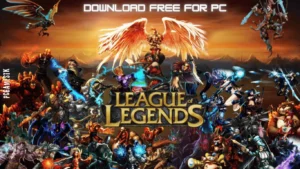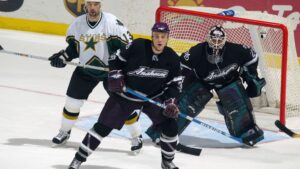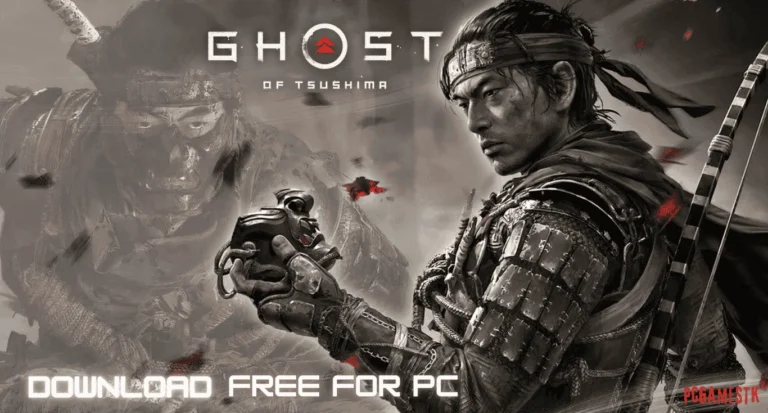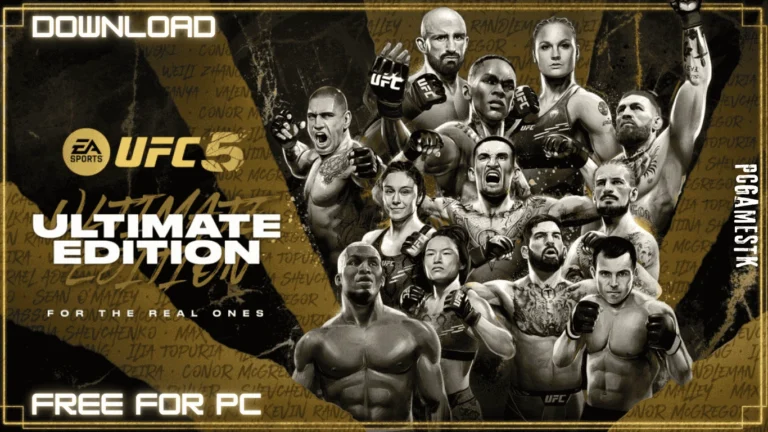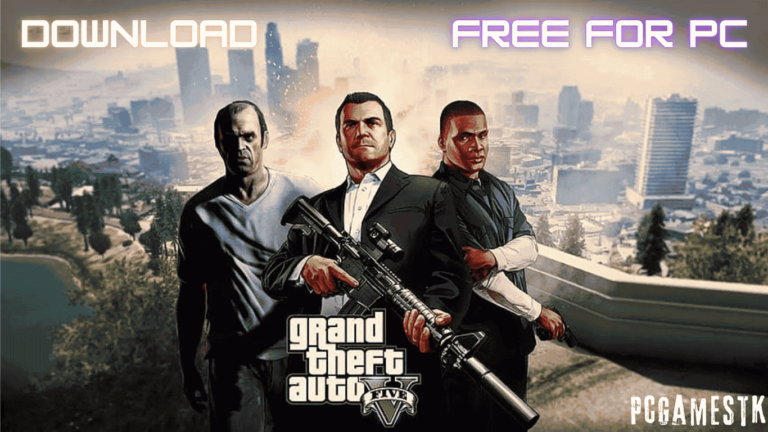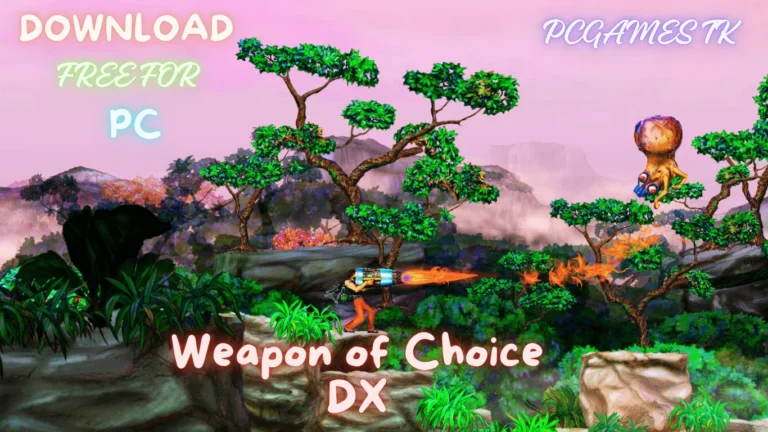Hockey games vary in duration based on the level of play and the specific rules governing each competition. In the NHL, the standard game length, including regulation time and potential overtime periods, defines “How Long Are Hockey Games”. Amateur leagues and international tournaments may have different formats and durations, influencing overall game length. Understanding these nuances is crucial to appreciating the dynamics of hockey and how these factors contribute to the experience for players and fans alike.
Overview of Hockey Games
What defines the duration of a hockey game?
Hockey games are structured around a set of rules that dictate the total playing time, including breaks and intermissions. Understanding these components is crucial to grasping how long a game lasts.
Basic structure and components of a typical hockey game
A standard hockey game consists of several periods of play, each followed by designated breaks. These segments ensure that players have adequate rest while maintaining the game’s intensity.
Differences between professional and amateur game lengths
Professional leagues like the NHL adhere to strict time regulations, whereas amateur and youth leagues may adapt game lengths to accommodate younger players and developmental needs.
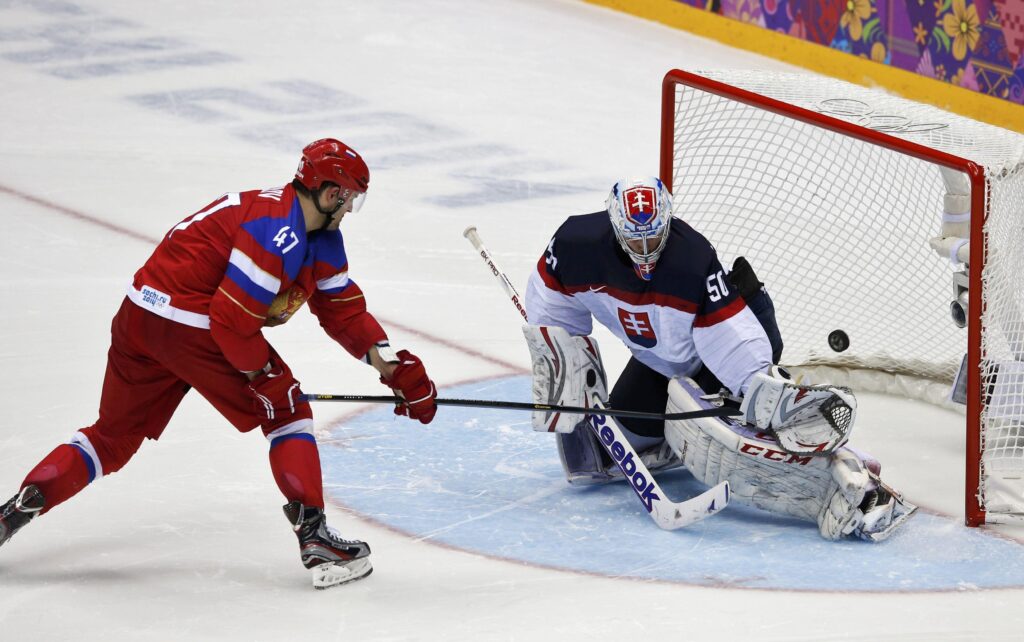
Length of Different Hockey Games
Duration of an NHL game
An NHL game typically spans three periods of 20 minutes each, totaling 60 minutes of regulation play. Overtime periods may extend the game further, depending on the score at the end of regulation.
Regulation time and overtime rules
During regulation, teams compete to score goals within the allotted time. Overtime periods vary in format but are designed to break ties and determine a winner in the event of a draw.
Breaks and intermissions during NHL games
Intermissions between periods allow for ice resurfacing and player rest. These breaks contribute to the overall length of the game and provide opportunities for strategic adjustments.
Factors affecting the total duration
Game stoppages, including penalties, reviews, and timeouts, can influence how long a hockey game lasts. Managing these interruptions is key to maintaining the flow of play.
Variations in Amateur Hockey
Typical lengths for youth hockey games
Youth hockey games are often shorter than their professional counterparts to accommodate the physical and developmental needs of young players. Shortened periods and modified rules ensure a positive experience for all participants.
Comparing NHL games to international formats
International tournaments such as the Olympics or World Championships may feature different game structures and regulations, impacting the overall duration and style of play.
Special rules and their impact on game length
Some leagues may implement unique rules, such as no-touch icing or larger ice surfaces, which affect game dynamics and duration.
Understanding Game Breakdowns
Division of time into periods
Hockey games are divided into distinct periods to allow for breaks in play and strategic planning by teams and coaches.
Length of intermissions between periods
Intermissions typically last around 15-20 minutes, providing time for teams to regroup and for fans to enjoy additional entertainment.
What happens during intermissions?
Activities such as fan contests, player interviews, and promotional events contribute to the overall entertainment value of attending a hockey game.
Factors Influencing Game Lengths
Causes of stoppages in play
Penalties, injuries, and official reviews are common reasons for stoppages during a hockey game, influencing the total duration and flow of play.
Impact on the overall duration
Extended stoppages can lead to longer game times, affecting both players’ stamina and fans’ engagement levels.
Examples of common stoppage scenarios
Referee reviews of disputed goals or penalties often require careful consideration to ensure fair play and accurate scoring.
How Long is a Recreational or Kid’s Hockey Game?
Hockey is played for 60 minutes at runtime at the recreational level. This holds for both adult and child players of the game. Runtime implies that in the event of a whistle, the clock does not stop. Up until the conclusion of the session, the clock continues to run. This indicates that the game takes sixty minutes to play, plus an additional few minutes for warm-ups and brief intermissions.
In a recreational game, the time from the beginning of the warmup until the teams leave the ice is typically one hour and fifteen minutes. Let me tell you, everyone tries to restart the game as soon as possible when it is stopped on the ice. Nobody wants to waste time standing around waiting for the puck to drop so they can’t play.
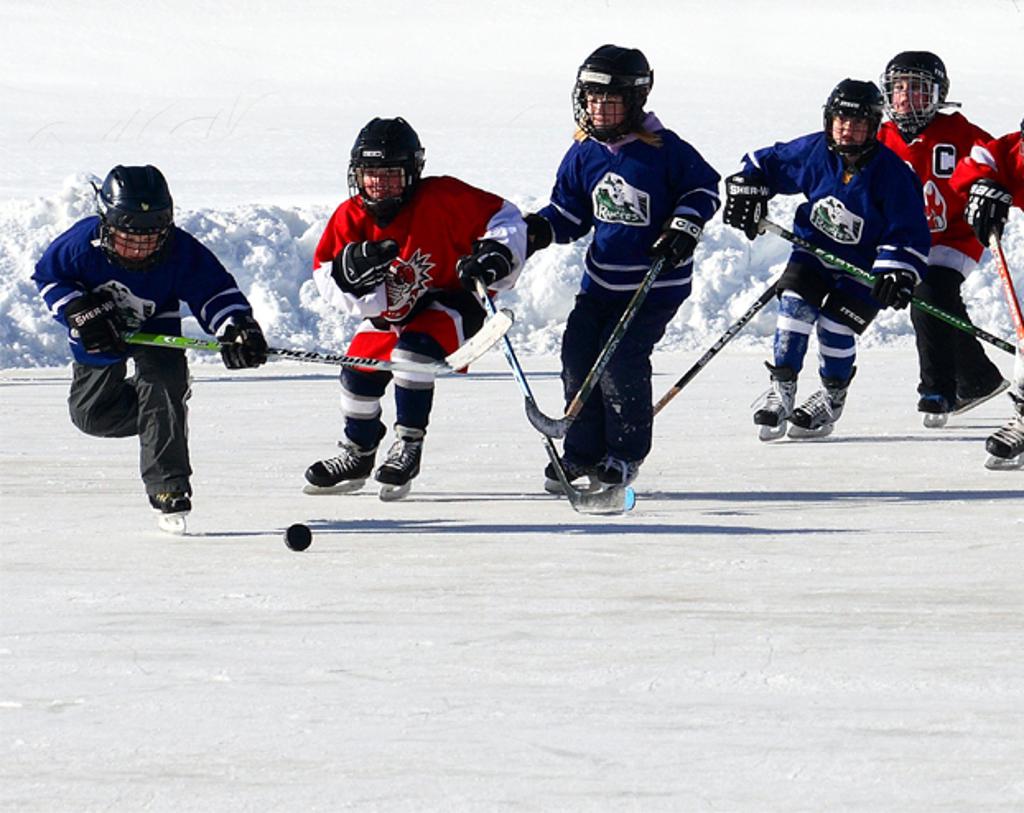
Read Also: How Long Is a Soccer Game?
How Long is A High School Hockey Game?
Now let’s discuss the duration of a high school hockey game. Hockey games in high school are shorter than those in the NHL since each team has fewer players and there is less time in between periods. A high school hockey game consists of three 17-minute segments. There is a 12-minute break in between every period. An average high school hockey game lasts one and a half to two hours.
How many hours is a hockey game?
A hockey game typically lasts around 2 to 2.5 hours, including all regulation time and potential overtime periods. The exact duration can vary based on several factors such as the level of play (professional, amateur, youth), league rules, and any stoppages in play.
Breakdown of Game Duration:
- Regulation Time:
- In professional leagues like the NHL (National Hockey League), a standard game consists of three periods, each lasting 20 minutes of continuous play. Therefore, the total regulation time for gameplay is 60 minutes.
- Intermissions:
- Between each period, there are typically intermissions of around 15 minutes. These breaks allow for ice resurfacing, player rest, and strategic planning by teams.
- Overtime (if applicable):
- If the game is tied at the end of regulation time, overtime periods may be played to determine a winner. In the NHL, overtime consists of a sudden-death format where the first team to score wins. Overtime periods are typically 5 minutes each, with additional periods played if necessary until a winner is determined.
- Stoppage Time:
- Various factors can lead to stoppages in play, including penalties, timeouts, and referee reviews. These stoppages can add to the overall duration of the game, depending on their frequency and duration.
Factors Influencing Game Length:
- Level of Play: Professional games tend to adhere more strictly to scheduled game times compared to amateur or recreational leagues, where game lengths may be more flexible.
- Television Broadcasts: Games broadcasted on television often include commercial breaks, which can extend the duration of the game beyond what fans experience in the arena.
- Events and Celebrations: Special events such as player milestones or championship celebrations can also extend the duration of a game due to additional ceremonies and presentations.
Why hockey is the hardest sport in the world?
Hockey is often considered one of the hardest sports in the world due to several challenging aspects that players must navigate both physically and mentally. Here’s an explanation of why hockey is perceived as such a demanding sport:
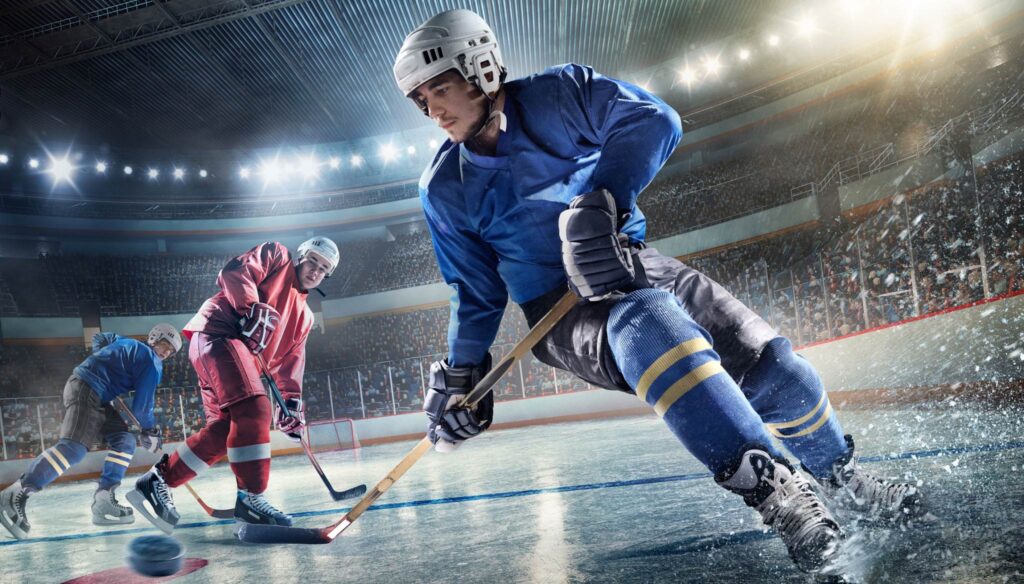
Physical Demands:
- Endurance and Stamina:
- Hockey requires exceptional cardiovascular fitness and endurance. Players skate continuously for shifts that typically last around 45 seconds to 1 minute before swapping out with teammates. The high-intensity nature of the sport demands players to maintain peak performance throughout the game, which can last up to 60 minutes of regulation time.
- Speed and Agility:
- Skating at high speeds while handling a puck and maneuvering around opponents requires tremendous agility and balance. Players must accelerate, decelerate, and change direction swiftly, all while maintaining control of the puck and evading opponents.
- Physical Contact:
- Hockey is a contact sport where body-checking and physical battles for possession are integral parts of gameplay. Players endure collisions along the boards, checks against the glass, and challenges in front of the net, requiring both physical strength and resilience.
- Strength and Power:
- Players need upper-body strength for stickhandling, shooting, and engaging in physical battles. Lower-body strength is crucial for explosive skating power and stability on the ice.
Mental Challenges:
- Quick Decision-Making:
- Hockey is fast-paced with rapid transitions from offense to defense and vice versa. Players must make split-second decisions under pressure, including passing, shooting, and positioning while anticipating their opponents’ moves.
- Strategic Thinking:
- Effective team strategies, line changes, and tactical adjustments during the game require players to think strategically and communicate efficiently with teammates and coaches.
- Emotional Resilience:
- The competitive nature of hockey can lead to intense emotions on and off the ice. Players must manage adrenaline, frustration, and fatigue while maintaining focus and composure throughout the game.
How Long Do Hockey Games Last for Other Professional Leagues?
International, national, and junior leagues all play games for 60 minutes, just like the NHL (3 x 20-minute periods). See below for a list of the most popular leagues that are similar:
| League Name | Game Length | Intermissions |
| American Hockey League (AHL) | 60 minutes | 15-18 minutes |
| Kontinental Hockey League (KHL) | 60 minutes | 17 minutes |
| National League (Swiss) | 60 minutes | 15 minutes |
| East Coast Hockey League (ECHL) | 60 minutes | 18 minutes |
| Swedish Hockey League (SHL) | 60 minutes | 18 minutes |
| Quebec Major Junior Hockey League (QMJHL) | 60 minutes | 18 minutes |
| Ontario Hockey League (OHL) | 60 minutes | 15 minutes (1st Int)18 minutes (2nd Int) |
| Western Hockey League (WHL) | 60 minutes | 18 minutes |
NHL Playoffs Overtime Rules
During overtime, the amount of time in a playoff game is slightly different than in a regular season game.
In playoff games, there are no shootouts. Instead, each overtime period lasts 20 minutes, followed by a 15-minute break. If neither team scores in the overtime period, it is played again. Once a team scores a goal, the game is over.
Even though the official length of a hockey game is 60 minutes, most games last much longer. The average game lasts more than two hours from when the first puck is dropped until the end.
How Long Are Hockey Intermissions?
Hockey intermissions refer to the breaks between periods during a hockey game, allowing players and officials time to rest, strategize, and manage the rink. These intermissions typically last around 15 to 20 minutes, depending on the league and level of play.
Purpose of Intermissions:
Intermissions serve several important purposes:
- Player Rest and Recovery:
- Players use this time to catch their breath, hydrate, and receive any necessary medical attention. It’s a critical period for them to recover energy for the next period of play.
- Coaching and Strategy:
- Coaches gather players to discuss tactics, analyze game footage, and make adjustments to their strategies based on the preceding period’s performance.
- Ice Maintenance:
- During intermissions, rink attendants resurface the ice. This process involves shaving the ice to remove skate marks and ensure a smooth playing surface, which is crucial for optimal skating and puck movement.
- Fan Engagement:
- Intermissions provide an opportunity for spectators to socialize, visit concessions, and participate in entertainment activities organized by the venue.
Duration and Structure:
- In professional hockey leagues like the NHL (National Hockey League), intermissions typically last 18 minutes between each of the three periods. This duration includes both the time for players to exit and re-enter the ice, as well as the necessary ice maintenance procedures.
- The length of intermissions can vary slightly in different leagues or tournaments, but the standard duration ensures consistency and allows sufficient time for all necessary activities to take place.
Impact on the Game:
- Intermissions play a crucial role in the overall flow and management of a hockey game. They contribute to the strategic development of the game, allowing teams to regroup, adjust tactics, and prepare mentally and physically for the subsequent period of play.
- For fans, intermissions provide a brief break from the intensity of the game while maintaining anticipation and excitement for the action to resume.
Frequently Asked Questions (FAQs) about How Long are Hockey Games
How long does a typical youth hockey game last?
Youth hockey games vary in duration based on age group but generally range from 30 minutes to 90 minutes.
Are there intermissions during youth hockey games?
Yes, intermissions between periods allow for player rest, coaching, and ice maintenance.
Do youth hockey leagues have special rules compared to professional leagues?
Yes, youth leagues often modify rules to prioritize safety and skill development, including restrictions on checking and penalties.
What age group is considered for recreational hockey?
Recreational hockey includes various age groups, starting from very young children up to teenagers.
How can parents support their child’s participation in youth hockey?
Parents can encourage their child’s interest in hockey by providing proper equipment, attending games, and fostering a positive attitude toward sportsmanship and teamwork.
Conclusion
In conclusion, the length of hockey games varies widely based on the level of competition and specific rules governing each league or tournament. Understanding these differences enhances appreciation for the sport’s dynamics and strategic elements. Whether watching a fast-paced NHL game or supporting a local youth team, the structured format and occasional surprises of hockey ensure an exciting experience for all involved.
Read more:
